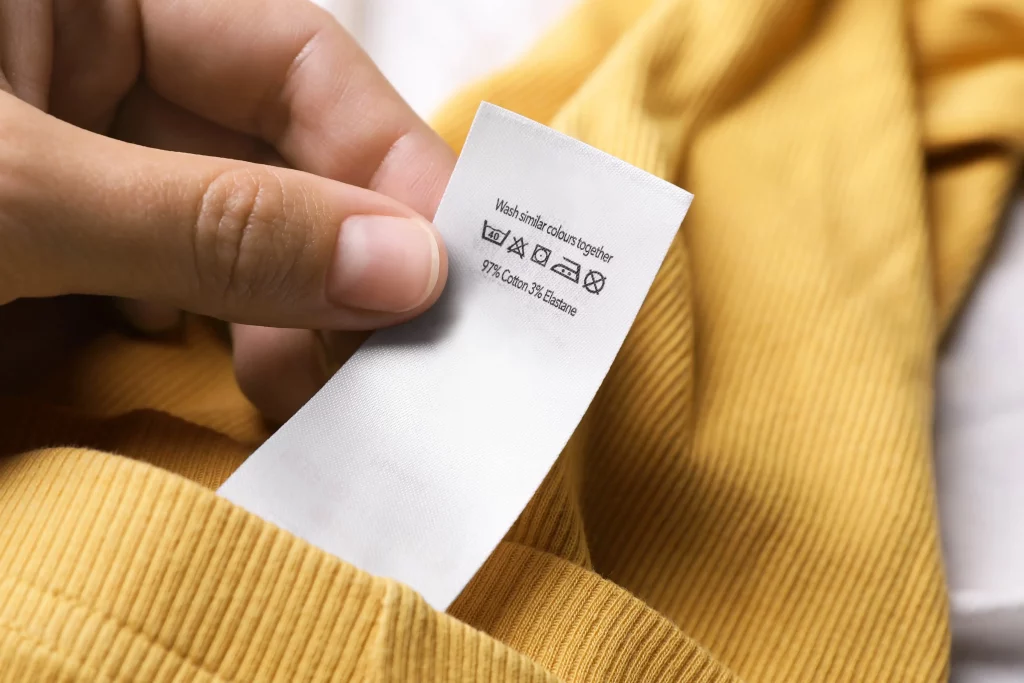 Get Tips and Tricks
Get Tips and Tricks
10 Reasons To Use a Wash and Fold Laundry Service
🗽Break free from hidden pricing. Discover transparency in our Savings Calculator!
Read tips, tricks, and how-to’s on our Fabric of Life blog.🎆
How-To's

When it comes to laundry care, those tiny symbols on your clothing labels are packed with information on how to wash, dry, and treat your clothes properly. Understanding these symbols can help prevent damage, shrinkage, or fading, keeping your clothes looking their best.
Whether you’re new to laundry or just need a quick reference, this guide breaks down the essentials so you can confidently tackle your laundry, every time.
Plus, you can download or print a chart to refer to when you need a refresher!

The wash type symbols often resemble a washing machine and tell you if machine washing, hand washing, or if professional cleaning is recommended. Here’s a breakdown:

Water temperature affects fabric care significantly, and the number of dots on the washing symbol (often located within a washing machine icon) indicates the recommended temperature in degrees Celsius:
Wash cycles are equally important, as they control the machine’s speed and intensity during the wash. Here are some common cycles:

Drying symbols may indicate methods for drying without the use of a tumble dryer, which is useful for clothes that could shrink or lose shape:

The tumble dry symbol is a square with a circle inside, sometimes accompanied by dots that show recommended temperature levels. Here’s what each means:

Bleach can help remove stains, but not every fabric can handle it. Bleaching symbols are often a triangle shape, with variations to indicate the type:

An iron symbol lets you know whether ironing is safe and at what temperature. Like washing symbols, the dots indicate heat levels:
For those times when laundry care symbols seem overwhelming, or when you’re dealing with delicate items, stains, or fabrics that require special care, CD One Price Cleaners is here to help. Our professional dry cleaners and laundry services interpret care labels and handle each garment according to its specific needs.
From managing complex care instructions to keeping your wardrobe fresh and clean, our team ensures your clothes are always in expert hands. Let us take the guesswork out of laundry and help you keep your clothes looking their best.
With this comprehensive guide, you can decode laundry symbols and care for your clothes with confidence. And when the laundry pile seems a bit too intimidating, CD One Price Cleaners has you covered, ready to deliver fresh, clean clothes handled with expert care.
Click Here to Download a Printable Laundry Symbol Chart!
We think you may like
 Get Tips and Tricks
Get Tips and Tricks
10 Reasons To Use a Wash and Fold Laundry Service
 Get Tips and Tricks
Get Tips and Tricks
Home Laundry Mishaps
 Get How-To's
Get How-To's
How to Make Your Laundry Room Functional and Fun